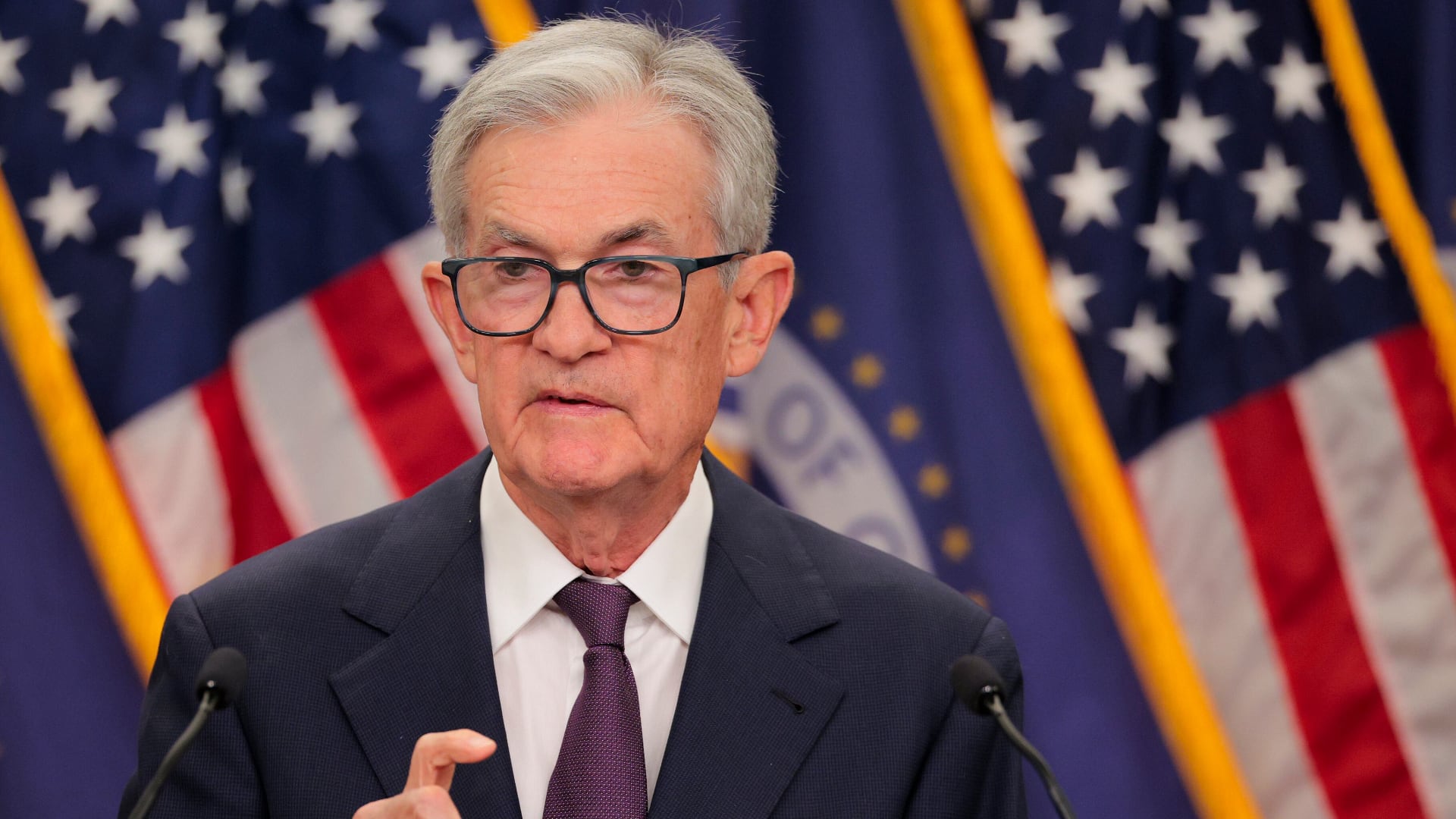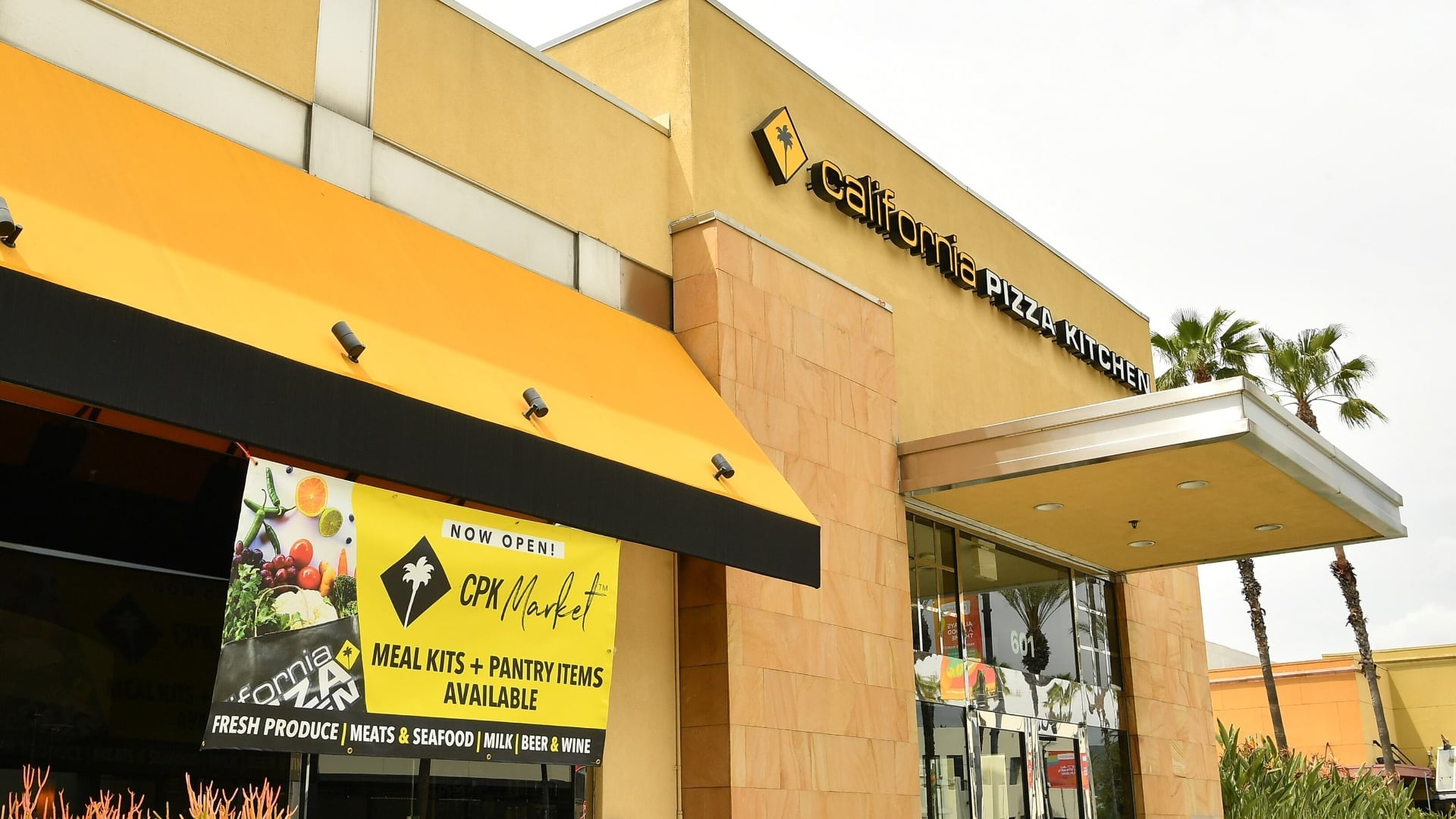Early in the pandemic, a group of state and local officials banded together to urge the Federal Reserve to turn its powerful monetary "fire hose" on the budget deficits that many anticipated would come in the wake of shutdowns, layoffs, and exploding public health costs.
The campaign, called Local Bailout for the Many, started as the brainchild of Chicago Aldermen Rossana Rodriguez Sanchez, Carlos Ramirez Rosa, and Byron Sigcho Lopez, who self-identify as democratic socialists, and eventually grew into a coalition of mayors, county commissioners, and state lawmakers.
Its basic argument was that the Fed should take the same active role that it's taken in boosting financial markets since The Great Recession and apply it to meeting the needs of cash-strapped local governments.
"In this critical moment, the federal government’s unique constitutional power of the purse, which includes the power to coin money, is essential for ensuring our communities are able to survive and thrive," the group said in a letter to Congress.
To an extent, the campaign got its wish. In April, the Fed rolled out its Municipal Liquidity Facility, which purchases state and local short-term debt on a limited basis. The new tool arrived as part of a suite of credit facilities that aimed to boost the markets for corporate bonds, mutual funds, commercial paper, and other aspects of the financial economy.
If juicing money into local budgets was unprecedented, so was much of what the Fed was doing in the heady days of March and April. The only problem with the new tool, according to a growing number of advocates for a more progressive, proactive Fed, is that it didn't go far enough.
"The Municipal Liquidity Facility is not fit for purpose," said Nathan Tankus, economist and research director of the Modern Money Network, a financial think tank, and publisher of the popular newsletter on the economy during COVID-19 called Notes on the Crises. "It's not aimed at the goal of fully supporting state and local finances such that they can run deficits that are automatically generated by their falls in tax revenue and the increasing social insurance payments."
The facility sets strict limits on the number of issuers per state and on the amount of debt they can borrow. The Fed is also charging governments a "penalty rate" above market rates that Tankus argued is designed to discourage borrowers from overtapping the facility.
He said the message from the Fed is, "We're providing liquidity, but we're charging penalty rates to discourage you from using the liquidity in the future, but there's no sense to this."
"State and local governments have all sorts of forces that are pushing them to run balanced budgets. When they run deficits, they run deficits because they absolutely need to. It's a financial necessity," he added.
A recent white paper from Fed Up, an advocacy group critical of what it sees as an elitist Federal Reserve policy, found that "97 percent of the 255 cities, states, and counties named as eligible for the program are functionally excluded as a result of highly costly and restrictive loan terms set by the Fed."
The paper also points out that the terms for the municipal facility have a higher threshold than, for instance, the Secondary Corporate Credit Facility, which allows for longer maturities and has a 30 percent backstop from the Treasury Department as opposed to a 7 percent backstop. These backstops were provided under the CARES Act to encourage the Fed to buy debt with less risk of losing money.
Critics of the Municipal Credit Facility, and the Fed's recent expansion in general, invoke an old argument about the moral hazard of easy money.
"If they step in to help out local governments, that would really proliferate the number of cases that would emerge in upcoming decades," said Christos Makridis, an economist with the Mercatus Center, a free market think tank at George Mason University. "You kind of have this race to the bottom, where any state or city could say, 'For us, this local bank going under or this local business going under is going to gut our economy.'"
The fact that a municipal facility was established at all though suggests a shift in how economists think about the Fed. In recent years, a growing number of left-liberal economists have pushed for a more aggressive central bank.
"There's been a growing drumbeat, and I think that growing drumbeat was a big part of what got the Municipal Liquidity Facility enacted, as inadequate as it was," said Tankus.
That influence has reached into Capitol Hill as well. Back in March, Democratic Representatives Rashida Tlaib, Ayanna Pressley, and Alexandria Ocasio-Cortez introduced a bill that would require the Fed to purchase short-term municipal debt as needed to help states and municipalities pull through the crisis — a much more ambitious mandate than what the Fed gave itself.
"Time and time again, the Federal Reserve has bailed out banks and corporations," said Tlaib at the time. "It’s time to put residents first and ensure our communities have the resources they need to combat COVID-19 so they may stand on a solid economic foundation once this pandemic is over."
For the Fed, this places them out of their comfort zone, said Tankus.
"They see it as getting into politics," he said. "They're much more comfortable dealing with financial markets and large corporations."
The call for a more proactive Fed aligns closely with the mainstreaming of Modern Monetary Theory — the idea that currency-issuing governments print as much money as they need to reach full employment or any other economic goal and then use taxes to control inflation. Stephanie Kelton, who Bernie Sanders brought on as an advisor during his campaign, wrote a book about the concept titled "The Deficit Myth" that recently cracked The New York Times Best Seller list.
After a decade of nearly uninterrupted quantitative easing from the Fed, which has helped move the global economy out of The Great Recession, some economists argue that MMT is just a way of describing the way the economy already works. But grassroots support in the form of the Local Bailout for the Many campaign might signal a new political awareness.
This notion of the Fed as a national bailout fund, of course, is gaining currency — no pun intended — at a time when fiscal policy is hamstrung by partisan gridlock. As Congress struggles to pass a fourth relief bill, even Fed Chairman Powell is calling for more federal stimulus, saying there is a little danger of "overdoing it" given the economic need.
"I think a lot of people are looking to the Federal Reserve to do things that normally Congress would be doing," Makridis said.
For local governments facing devastating layoffs and budget cuts, any lifeline is a tempting prospect.
"We did get some of that pandemic assistance, but I do think it is a good idea for the federal government to help these small municipalities," said Chardaé Jones, mayor of Braddock, Pa., who signed the letter from the Local Bailout for the Many campaign. "That is the only way I can see a lot of us staying afloat, even after the pandemic."













